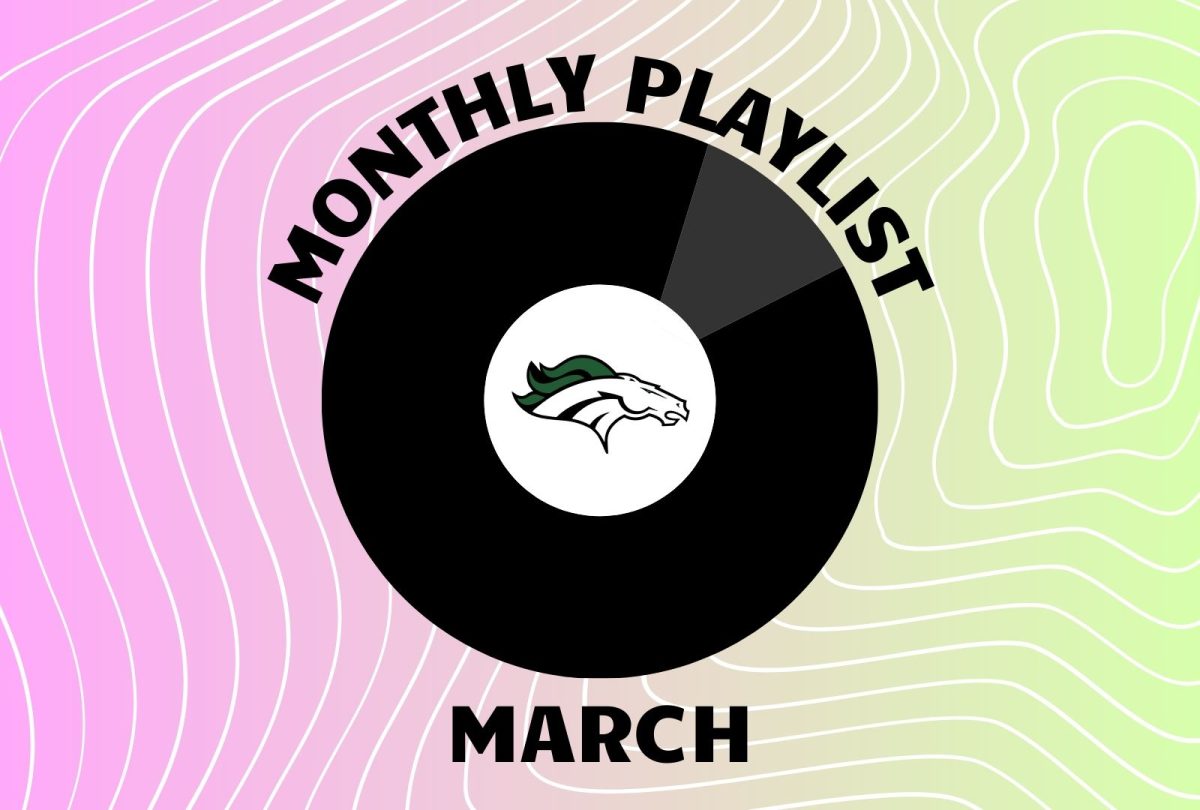The origins of Groundhog Day are more interesting than one would think
Groundhog Day will be observed on Thursday, Feb. 2.
According to tradition, if a groundhog emerges from its burrow on Feb. 2 and sees its shadow depending on the weather, it will retreat into its hole, predicting six more weeks of winter. If the weather is cloudy and the groundhog does not see its shadow, it will stay outside, predicting an early spring.
According to history.com, “Falling midway between the winter solstice and the spring equinox, Feb. 2 is a significant day in several ancient and modern traditions.”
The Groundhog Day legend started out not having a groundhog. According to the Christians, if the sun came out on Candlemas Day (Feb. 2), there would be six more weeks of winter weather. Candlemas predicted the weather for the next six weeks, similar to today’s Groundhog Day. This became a tradition.
According to history.com, “As Christianity spread through Europe, Imbolc evolved into Candlemas, a feast commemorating the presentation of Jesus at the holy temple in Jerusalem. In certain parts of Europe, Christians believed a sunny Candlemas meant another 40 days of cold and snow.”
The first Groundhog Day occurred on Feb. 2, 1887, in Punxsutawney, Pennsylvania. This holiday was brought to the U.S. by German settlers. There is no coincidence between the relation of Candlemas and Groundhog Day, German settlers took the Candlemas Day legend and made it their own to make a groundhog predict the weather instead.
Since then, Groundhog Day has been celebrated throughout the United States. Though it is not a federal holiday, it is primarily for entertainment and to keep up with old tradition.
The predictions of the groundhog may be accurate, or they may be entirely luck. This year, will the United States have a shorter or longer winter? That is up to the groundhog.
Your donation will support the student journalists of Eagle High School. Your contribution will allow us to purchase equipment and cover our annual website hosting costs.

Hi everyone! My name is Sydnee Seeley, and I am a Senior at Eagle High School. This is my third year on staff, and I am excited to be an Editor In Chief...

Hello, my name is Sean Asay and I am a photographer on the Stampede Newspaper. I am a senior and this will be my third year as staff. Some of my interests...









































































